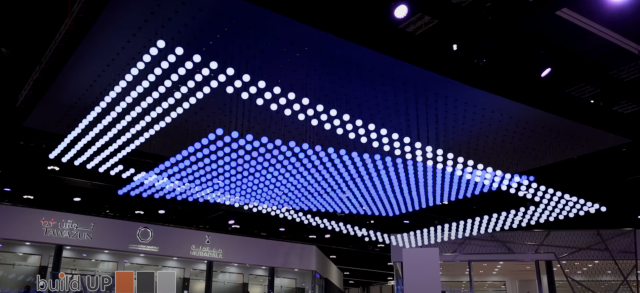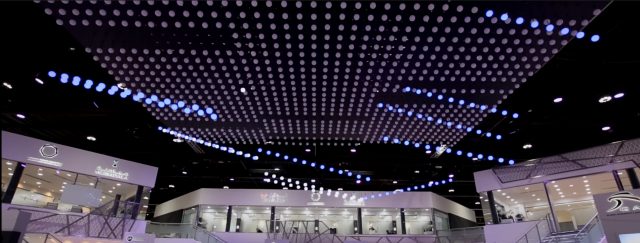inFORM: MIT Tangible Media Group
The project inFORM by the Tangible Media Group explores how digital interactions can feel more physical through a matrix of physical “pixels” that react to hand gestures (and other inputs). They propose that this type of interaction can bring more presence in remote conditions.

The physical pixels can be used to materialize a variety of intangible inputs, such as a 3d topographical map from a digital map.

This is apparently the underbelly of the entire machine to control each individual pixel.

I found this project to be particularly interesting, as I have always wondered what the future of interactions would look like without relying on the limited mediums we have today (computer mouse, keyboard, and screens). Nowadays, we’re so used to abiding by the rule of deriving digital outputs from physical inputs. Projects like these that inquire alternative ways we experience the world are exciting to me, as new forms of interaction can breed new, creative ideas – just as the Soli project is doing for us right now.
I think that this interactive piece is especially great at being honest with its audience, as it boils down to only the essential details: the hand and the pixels, with no extraneous elements. This simplicity makes it effortless for the audience to ponder over the implications of a phantom touch.




















